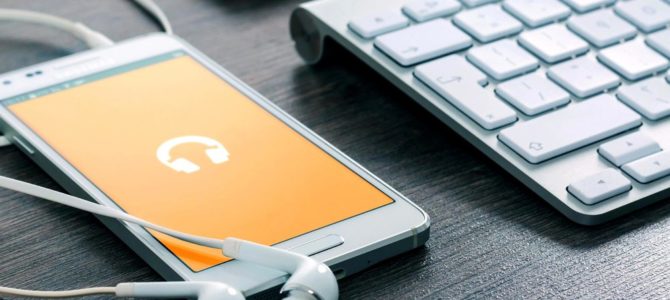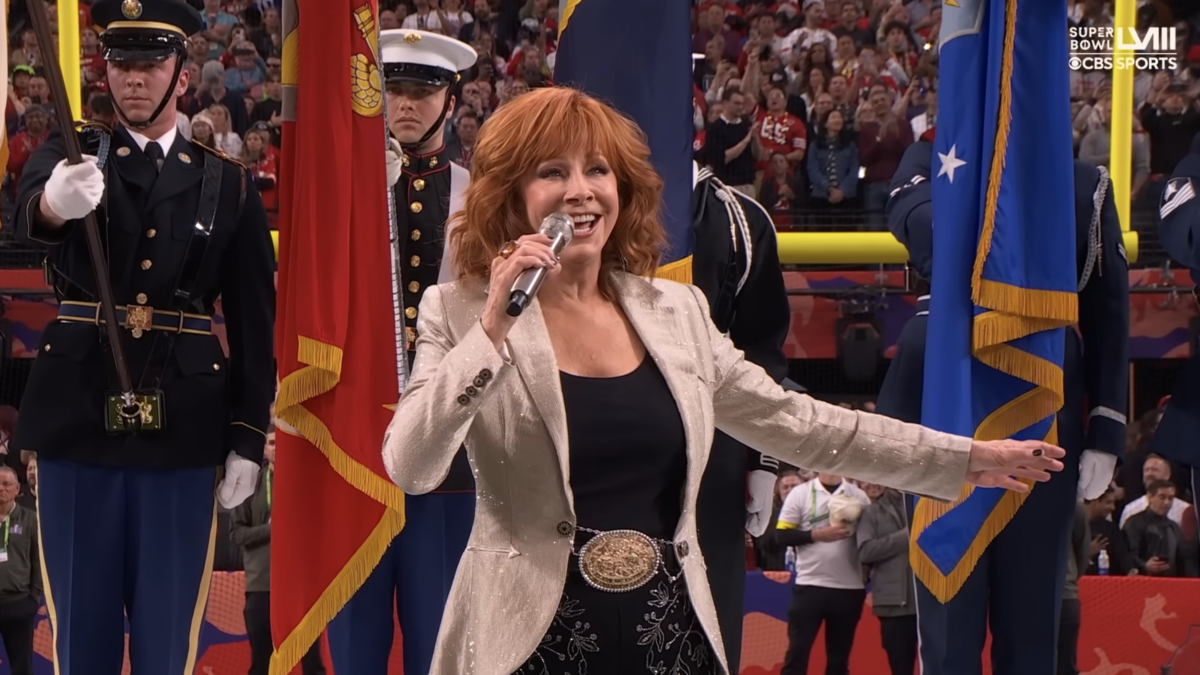
I know I’m kind of a freak about my music, but I also know I’m not alone. I’m one of those nerds who maintains and curates a library of music instead of just listening to what’s on.
We are legion. We are weird. We love you, Apple. And we have a serious bone to pick with you.
I hope you’ll pay close attention to this letter, because it was music — specifically that magical iTunes/iPod combination from the early 2000s — that made me a diehard Apple customer.
Long before then, I worked in pop radio, where I learned about music rotation. We had a huge library of older songs going back to the mid ‘70s, which were available to play just a few times a year. We had a smaller library of songs that were a year old or less, and could play every week.
Then there were the current hits, which could play once per day. Finally, we kept two songs in hot rotation, updated every week, which alternated on the air 12 times a day. Each hour we had to play X number of newer songs and Y number of older stuff, but so long as we chose music according to the rotation rules, we were free to program each hour of music as we saw fit.
Years later, with iTunes I found a way to apply those rotation rules to my own music. The difference was, instead of determining rotation by how old a song is, my rotation goes by how many stars a song has.
Radio stations rotate music the way they do for one reason: To keep people from changing the station. A perfect playlist should be like a smartly programed radio station: You never want to hit the skip button, because nothing ever plays too often, and it’s never been too long since you last heard a favorite.
With that in mind, my three-star songs — more than 8,000 — drop out of rotation for three months each time they play. Four stars are far fewer but are on a faster rotation, coming back into play once per month. Five star songs, which represent just 5 percent of my library, can play every week. (Don’t ask about one- and two-star songs; those are things I have to keep on hand for my kids.)
Now, in theory I love the idea of Apple Music and iCloud Music Library. Forty million songs to choose from, and add to my Smart Playlists? Awesome! The problem is, iCML doesn’t sync play-counts between devices. Here’s why that’s a problem.
We do Modern Rock Mondays at my home, and I have this lovely alt-rock playlist in iTunes. So imagine I’m playing it at my desk while I work. Songs drop off the list as they play, set to return in due time. Songs that haven’t played in a while pop back in each morning.
It’s time for lunch. I grab my phone and get in the car, and am presented with the exact same set of songs, because iCloud Music Library doesn’t let iTunes tell the Music app on my phone what’s played today. Or ever.
I come back home in the evening and tell my HomePod to shuffle my Alt-Rock playlist, and I get the exact same set of songs again. There might be some three-star song I barely like, and it might be playing for the third time in a single day.
Later I crawl into bed with my iPad and my AirPods to listen to some music while I read an iBook, and it’s the exact same set of songs for the fourth time. This is insane, Apple. You’ve gone and ruined my perfectly curated playlists. Isn’t information in the cloud supposed to be identical no matter where you access it?
But since it isn’t with Apple Music/iCloud Music Library, I switched them off. I lost the 2,500 songs I’d downloaded and lovingly curated, but at least my playlists sync across all my devices again.
Maybe this decision of yours makes sense for most Apple Music listeners, but for the rest of us — the music lovers who helped rescue Apple from the abyss — it’s a real deal-breaker.
Right now, you’re forcing us into a painful and unnecessary choice between your awesome streaming service and our even more-awesome playlists. So please, I’m begging you, make some new “Sync Across Devices” setting. Hide it deep within iTunes if you have to, but let us use our Smart Playlists and enjoy Apple Music.
We will find that setting. We will use that setting. We will love that setting. And all the Apple newbies won’t be bothered at all, I promise. Some of them might even discover the joy of making their own Smart Playlists, which will hook them even harder.
So please do the smart thing, which in this case is also the right thing.
Love,
Your Friendly Neighborhood VodkaPundit









